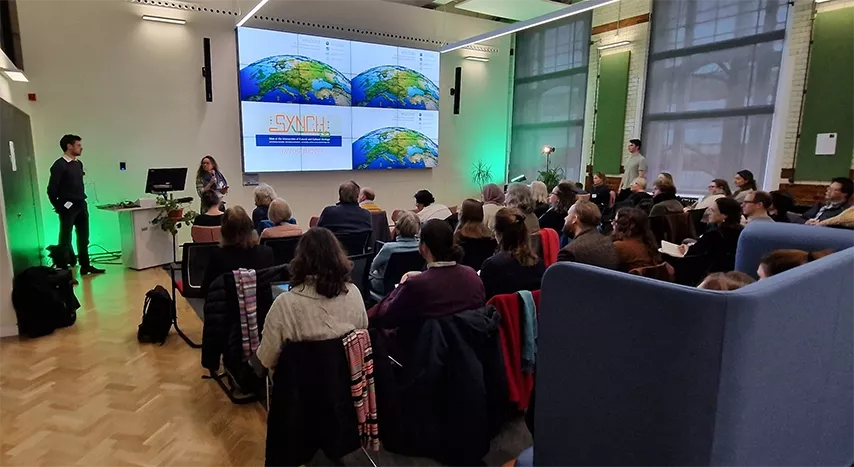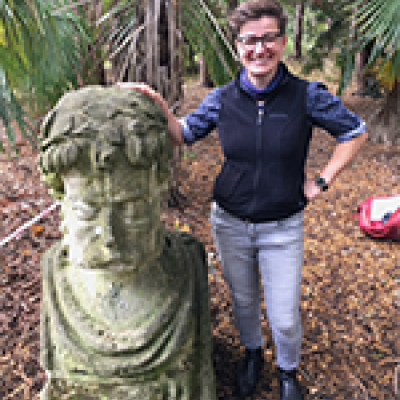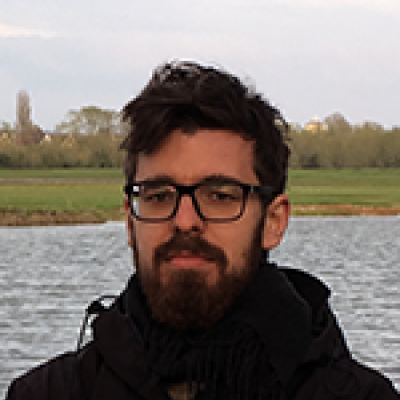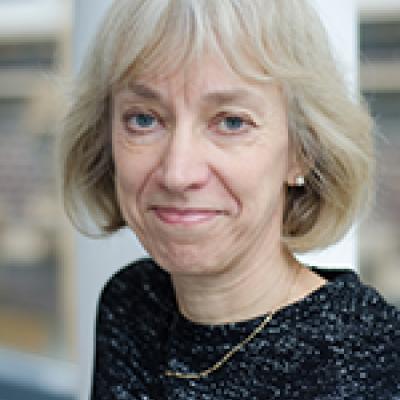Successful Symposium Merges Natural and Cultural Heritage Perspectives

The second ‘Sites at the Intersection of Natural and Cultural Heritage’ (SXNCH) symposium was held in SoGE on 1 December and was a great success, drawing both in-person and virtual participation. This innovative event brought together academics and professionals from a variety of sectors from the UK and internationally, with approximately 50 in-person and 90 online attendees.
Organised by Martin Michette, Michael Leadbetter and Katrin Wilhelm, University of Oxford, the symposium's rich, hybrid programme was chaired by Rob Woodside from English Heritage and Heather Viles, University of Oxford. In the keynote talks, Hannah Fluck of the National Trust discussed the many challenges and opportunities facing the integration of natural and cultural heritage projects, and Jill Bullen from Natural Resources Wales gave some excellent examples of how such challenges can be confronted.
The UK Case Studies session featured contributions from Rosie Cummings, Natural England on their recent guidance on nature recovery and the historic environment, Mairi Lock, on the challenges for the English Lake District World Heritage Site, Shona Carr, on the innovative work carried out by the Oxford Preservation Trust with the Rose Hill community on discovering their heritage and green spaces, Karen Gwilliams on the work English Heritage are doing to manage vegetation on ruins, and John Boardman on the underrecognised but hugely important natural and cultural aspects of sunken lanes. These presentations underscored the importance of balancing cultural heritage preservation with nature recovery.
Four main themes were highlighted in participatory workshops. These were designed to enable collective learning and collaboration. Richard Nevell facilitated a Wikipedia edit-a-thon with an emphasis on disseminating knowledge regarding heritage sites and climate change. The 'Release Café', hosted by Caitlin DeSilvey and Katrin Wilhelm, encouraged participants to explore heritage places that challenge conventional conservation methods. Elaine Willett and Rosie Cummings led the Natural England Workshop, which explored opportunities for heritage-led nature recovery. Finally, Melissa Marshall, Alice Purkiss, and Lyndon Ormond-Parker led a workshop on managing relationships at heritage sites, with a focus on integrating community perspectives into heritage management. These sessions explored innovative approaches to environmental management, emphasising the interplay of natural and cultural dimensions.
International perspectives gave broader context to the proceedings, with Webber Ndoro from ICCROM reminding us of the importance of non-Western viewpoints and conceptualisations, Jonathan Lim from the University of Arkansas outlining the community-led use of new technologies like remote sensing to aid stewardship of cultural heritage by an Alaskan community, and Johanna Leissner from the Fraunhofer Institute who introduced us to the 2022 report of the EU Member States' Expert Group on strengthening cultural heritage resilience for climate change. Their contributions enriched the symposium with diverse viewpoints on the intersection of cultural and natural heritage in various global contexts.
The symposium concluded with a drinks reception, allowing for further discussion and networking among the participants. Key takeaways highlighted the added value of integrating nature and cultural heritage protection, emphasising the pluralistic solutions and opportunities, offering a message of hope for the future.
Successful Symposium Merges Natural and Cultural Heritage Perspectives
The second ‘Sites at the Intersection of Natural and Cultural Heritage’ (SXNCH) symposium was held in SoGE on 1 December and was a great success, drawing both in-person and virtual participation. This innovative event brought together academics and professionals from a variety of sectors from the UK and internationally, with approximately 50 in-person and 90 online attendees.







